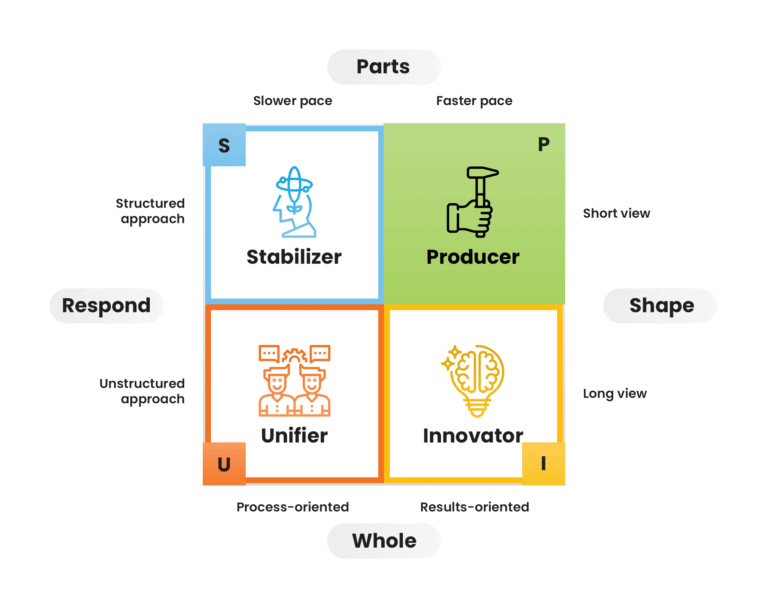
The Happy High Achievers
The Real One Percent Summary Insight: Success without energy is burnout in disguise. The happiest high achievers don’t chase more—they build energizing relationships that give more than they take. Key Takeaways: Only 1 in 10 high achievers report being authentically







